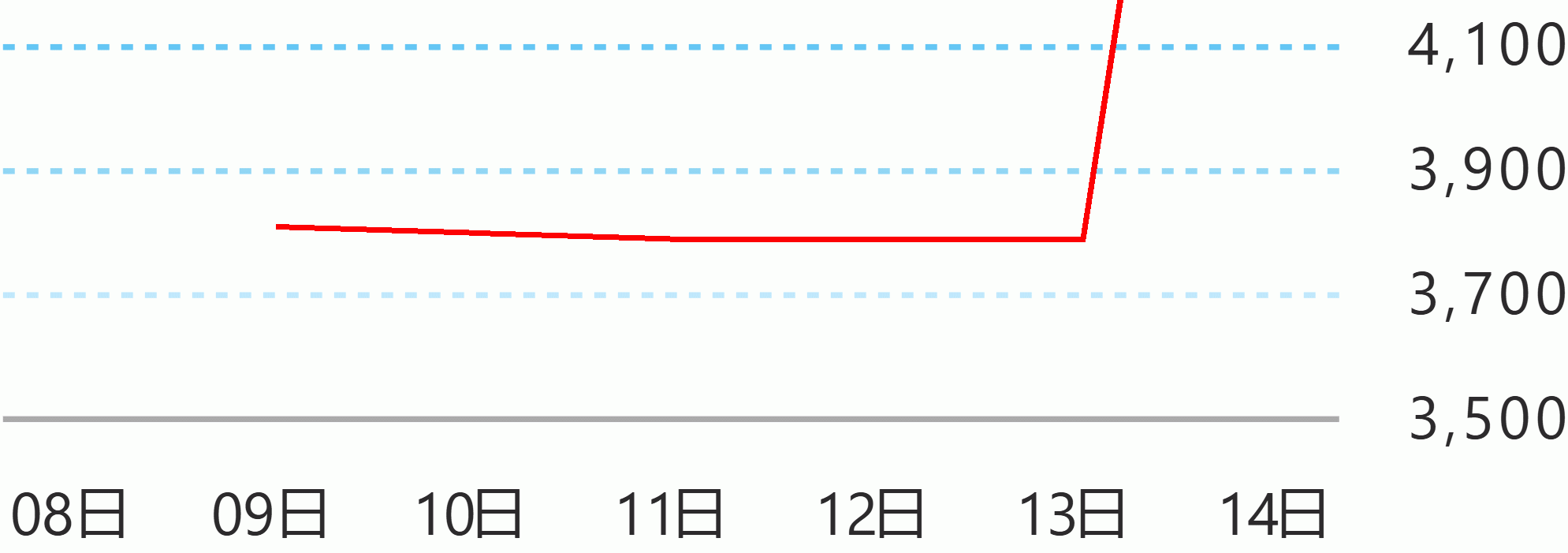By Robina Asido
ABOARD BRP MIGUEL MALVAR, WEST PHILIPPINE SEA -- At least two Chinese warships were sighted while the Philippines and Japan were conducting their second bilateral maritime cooperative activity (MCA) in the West Philippine Sea on Saturday.
The presence of the two Chinese military ships were captured by the cameras of the journalists aboard BRP Miguel Malvar, the newest ship of the Philippine Navy that joined the MCA with JS Takanami, a destroyer ship of Japan Maritime Self-Defense Force (JMSDF).
The first ship, with bow number 569 was identified through open source as a guided-missile frigate of Chinese People's Liberation Army Navy (PLAN), appeared at the left side of BRP Miguel Malvar after JS Takanami sailed near its rear part of the vessel around 8 am.
After meeting BRP Miguel Malvar within the exercise area that was around 50 nautical miles from the coast of Zambales, JS Takanami sailed away to the right side of the Philippine ship where it was followed by the Chinese warship that appeared from the left side of the Philippine vessel.
The other Chinese ship with bow number 161 and identified though open source as a guided-missile destroyer was also monitored within the exercise area during the drill.
In an interview with reporters, Lt. Commander Bryan Magura, Operations Officer of BRP Miguel Malvar confirmed the presence of the Chinese warships during the exercise but he refused to give further details.
"They were there. We monitored them but they do not have any activity or any interference," he said.
I am not in a position to answer further details about this information," he told reporters.
Despite the presence of Chinese military vessels, the Philippine and Japanese forces successfully completed all the activities under its second bilateral MCA which include the cross-deck training and a simulated anti-submarine warfare (ASW) exercise.
"They do not have unusual activity, so we conducted the training without any interference so the training was conducted as plan and it was successfully concluded," said Magura.
"We don't view it against anyone or any country, the training we conducted is a regular activity to enhance our capabilities," he noted.
During the drill, JS Takanami and BRP Miguel Malvar hit the expandable mobile ASW training target (EMATT) released by the Japanese destroyer to serve as a mock submarine target for the simulated ASW exercise.
"It's a simulated firing, were able to accomplish that during the training," Magura said.
"On out part it is our first time because we just commissioned last 20 May, so this is the first exercise we conducted in terms of anti-submarine warfare," he added.
BRP Miguel Malvar, a guided-missile frigate named after the last Filipino general to surrender during the Philippine-American War, which was commissioned to Philippine Navy service last May after it arrived from South Korea in April 2025 is equipped with anti-ship, anti-submarine, anti-aircraft and electronic warfare systems.
Aside from JS Takanami and BRP Miguel Malvar, the MCA was also joined by the AW-159 helicopter of the Philippine Navy; SH60-K Seahawk, an anti-submarine warfare helicopter of Japan and a Cessna-208 plane of the Philippine Air Force (PAF).
After the communication exercise followed by ASW, the AW-159 helicopter also landed on the flight deck of JS Takanami twice as part of the cross-deck training.
On the first landing, the Philippine Navy and JMSDF exchange their tokens while their personnel also exchange patches as souvenirs of the exercise.
The cross-deck exercise that lasted for almost two hours was followed by division tactics and officers of the watch maneuver exercise and photo exercise where the two ships sailed in different formations while the Philippine Navy Cessna plane and the JMSDF helicopter were taking photos.
This second Philippine and Japan MCA was conducted just a week after the Reciprocal Access Agreement (RAA) was ratified by the Japanese Diet on June 6.
It can be recalled that the first bilateral MCA between the two forces was held in August 2024 following the signing of the RAA during the visit of Japanese foreign and defense ministers in the Philippines in July of the same year.
The previous bilateral MCA that was participated by Philippine Navy guided missile frigate BRP Jose Rizal and JMSDF JS Sazanami with SH-60J/K, anti-submarine patrol helicopter was only limited to communications exercise, tactical maneuvering, and a photographic exercise. DMS




 English
English









